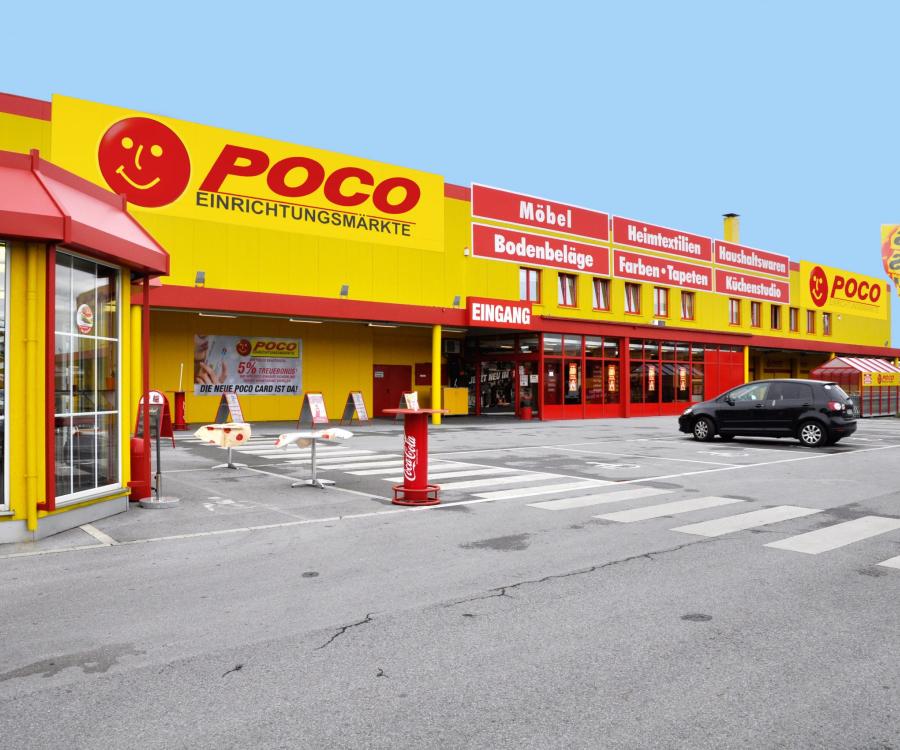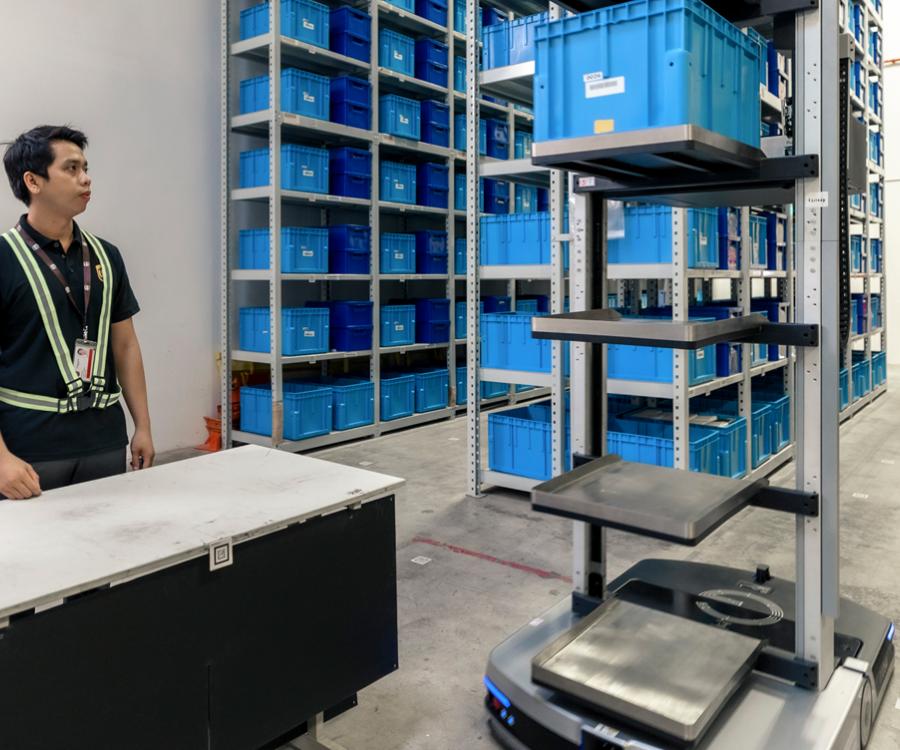These two go hand in hand: process optimization and digitization. Their common goal is to simplify and extensively automate processes throughout the company.
In this iXtenso interview, Professor Jörg Becker, Managing Director of the European Research Center for Information Systems ERCIS at the Westphalian Wilhelm University of Münster (Westfälische Wilhelms-Universität Münster) explains how retailers can ensure a smooth implementation process.
Professor Becker, what is the best way for companies to start their process optimization?
Companies must look at all business processes from start to finish. The objective is to find out areas where it makes sense to digitize. Prior to that, it is vital to accurately document the current processes. A number of process management methods and tools provide assistance in this endeavor.
A current state analysis is a great starting point – not just to document the processes but also to encourage process thinking in employees and optimize job descriptions based on these processes. This can also build the foundation for a DIN/ISO 9001 quality certification, which emphasizes these processes.
What are the next steps?
Companies want to create relevant target processes. This requires them to take three steps: eliminate, simplify, automate, and exactly in that order. If you automate nonsense, you simply create automated nonsense, but basically it is still all nonsense. Are certain process steps really necessary to fully perform the organizational task at hand? You frequently have process steps that were required as part of a manual process but are completely redundant in a digitized setting.
Companies must subsequently simplify to eliminate the ping-pong effect where a process is passed from department A to B and back again, but instead is completed by one department whenever possible. Once this is the case, the remaining steps can be automated via digital media. This is how you create meaningful target processes.
Who can help retailers with this type of “spring cleaning“?
Process optimization and automation is a unique process, especially when it involves the introduction of new software. That’s why it makes sense to use the help of specialized consulting firms if only to have them ask the right questions and ensure that no steps are overlooked.

You have developed a reference model that you use during consultations. Why is that?
Most companies find it difficult to fully reconstruct their processes. This is much easier to do if you can refer to an example. Our reference model delineates the processes of a retail company based on three levels. At the top level, which we call the regulatory framework, we show the retail business core functions, which are procurement, warehousing and sales. They are supported by business management and administration processes involving general and asset accounting, cost accounting and personnel costs and are controlled by management and coordination processes. Each element of the regulatory framework is described in a primary process, the second level, and each element of the primary process is delineated in a detail process level, the third level.
While keeping this model in mind, we are able to conduct step by step interviews with retail companies and facilitate faster process documentation. This makes the process more cost-effective.
Can you give us an example?
All processes in the process model should feature an intelligent structure and documentation, such as a centralized or decentralized procurement structure; invoice payment terms or added refunds; shipping via the company’s own trucks or a logistics company; delivery and payment after order receipt or vice versa. Descriptive attributes are then used to document who executes each respective process step, the number of tasks such as orders, invoices, stock transfers or to define any obvious weak points.
As part of the current state analysis, employees should always be asked where they perceive needed process improvements. They always come up with very clever suggestions. If we store this in the system, we directly obtain starting points for the target process of aspects that need improvement.
Is a software solution sufficient to improve processes?
I am a big fan of integrated solutions. It is easier to add a specific function that is missing in software versus connecting different solutions at different levels with each other. This is a perpetually underestimated aspect. And omnichannel is unimaginable without integrated systems.
Despite all the great tips, process optimization seems to be a big challenge.
Needless to say, process optimization means a lot of initial work for a company but that’s the case with all projects. You first have a mountain of extra work, so that you can work more efficiently later on. After all, do you plan to cut down a tree with a blunt ax because you think you don’t make the time to sharpen the ax?
Are only big companies able to achieve great digitization results?
No. Small companies are also really good at it. A case in point is the new concept “Flaschenpost“ in Münster. The company delivers beverages within two hours from the time customers order by using its app. Flaschenpost understands how to use sophisticated digital techniques to schedule delivery routes, how to schedule the right number of drivers at the right time and have enough delivery vans available for the task.
This example and the much sought-after omnichannel strategy show that process optimization and digitization are two sides of the same coin. They go hand in hand.










